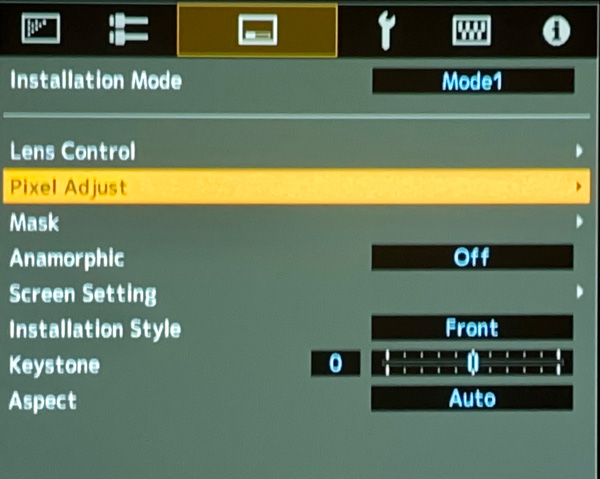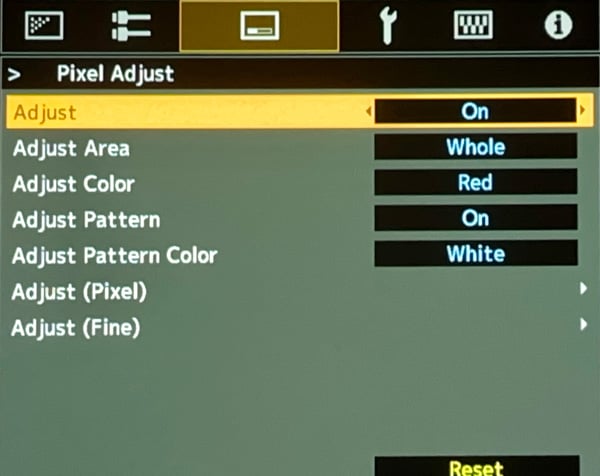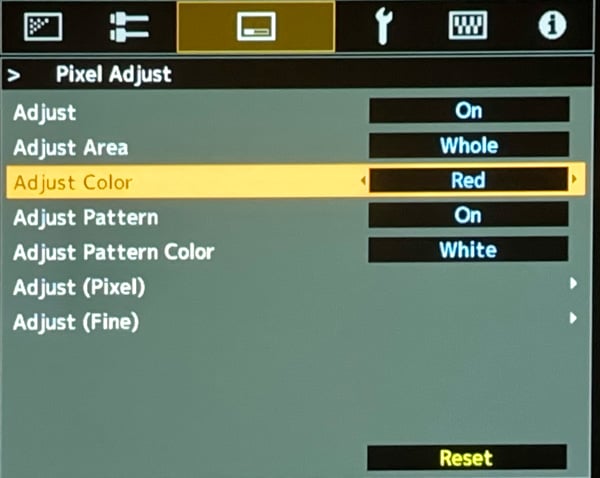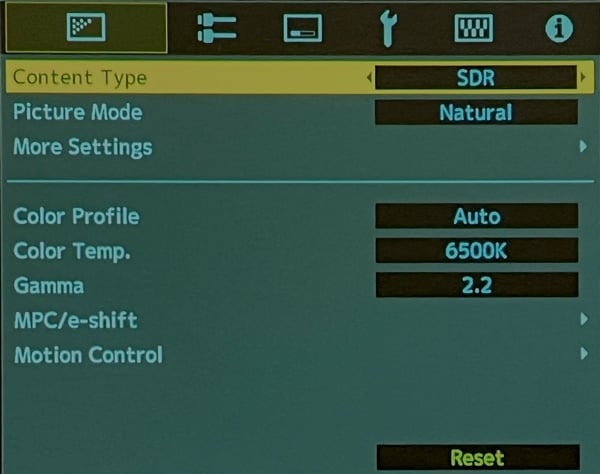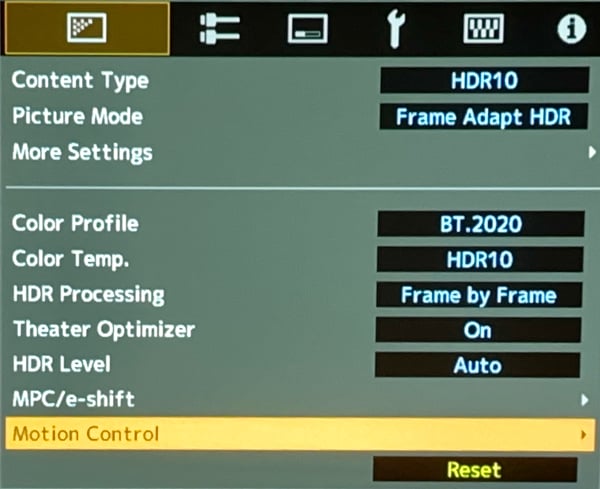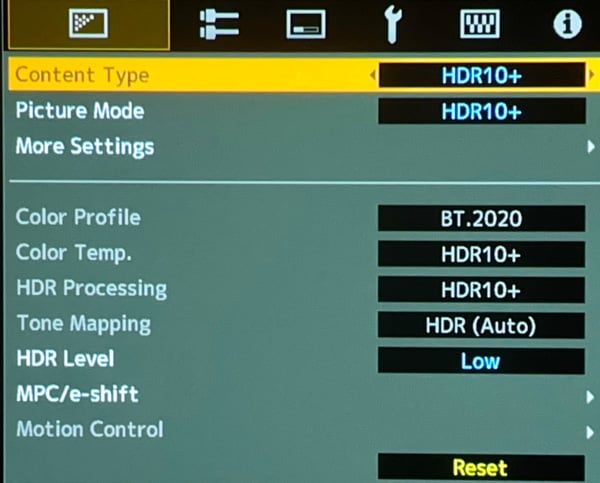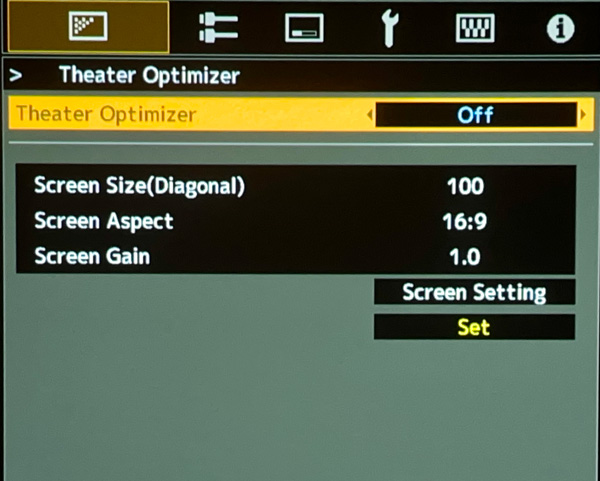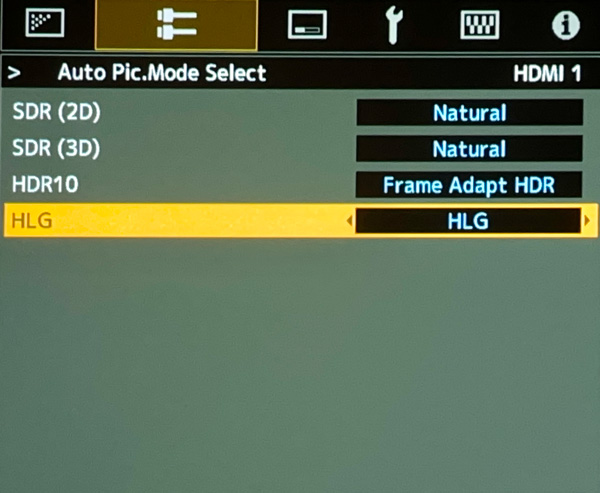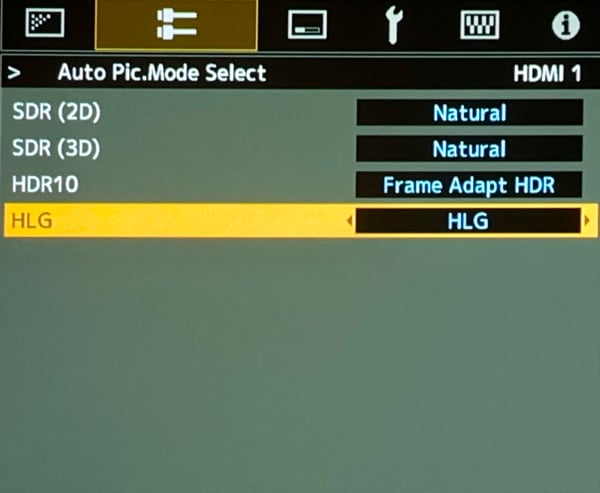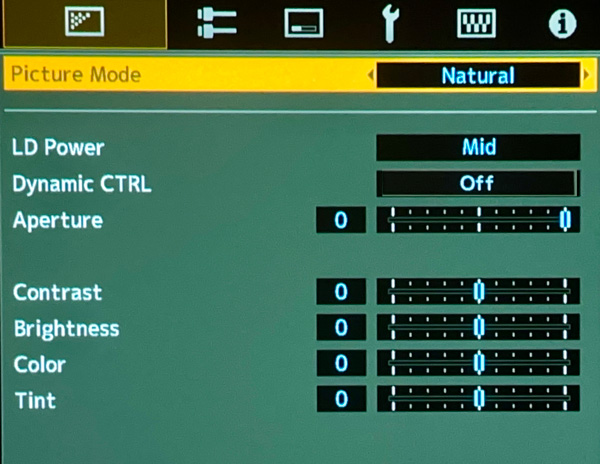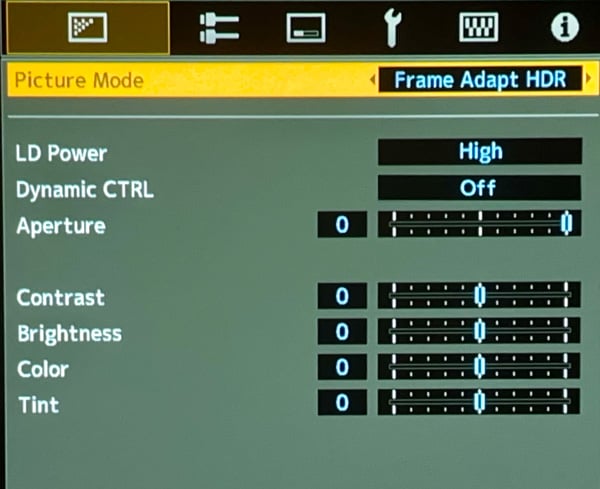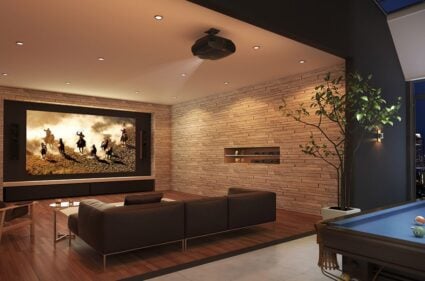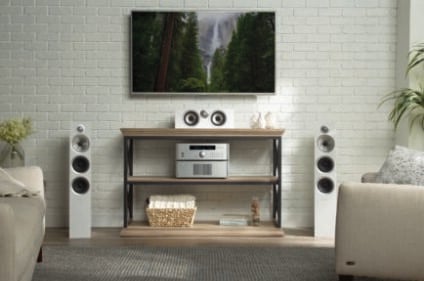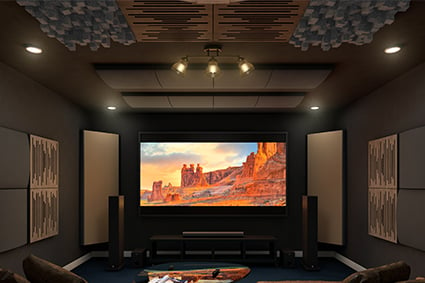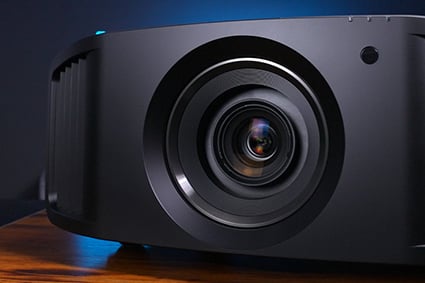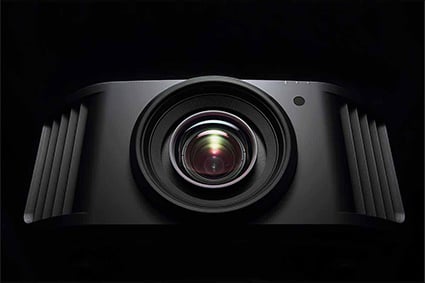Other Settings
Contrast and Brightness Settings
If you want to fine tune things for SDR, please use our video to make those adjustments, but as a general rule, you should not change them more than +2/-2.
Gaming
If you want to enjoy video gaming on your NZ projector, we recommend you use one of the 9 presets to store a setting for gaming only, as for normal content the picture is better with the gaming mode off. However, this setting does reduce lag. This is found under the Picture menu, Motion Control, then Low Latency- turn this on but leave the other two motion settings off.
Fast Moving Sports, ie Hockey
Some people like to try the motion reduction software which is also found under Motion Control, you can experiment with the settings under Motion Enhance and if you prefer them, store them under another preset.
JVC’s Special Auto Calibration Software
If you do want to take things a little further down the calibration route, you can download JVC’s free software here.
This software requires a Windows laptop and an aftermarket Datacolor SpyderX which will run you about $200. You will see that some SpyderX products are more expensive than others, but they only differ in terms of the software provided with it. The meter itself is exactly the same. So because you’ll be using the JVC software instead of the Datacolor software, you can get the least expensive version you can find.
You will also need a good tripod to attach the Spyder to that allows you to put it in the exact middle of your screen.
If you can do all this, it is automatic and you will just follow the steps.
Be sure to remember to save the new settings to your projector when you are done.
Please note that the first time you do this, the software will automatically generate “INIT” files which are downloaded to your computer. It is very important for you to know where these are, and to back them up as well. These files are the only way to get back to your Projector’s original calibration state should something go awry with your own calibrations.
We appreciate your support of Audio Advice and hope these tips will help you get the best out of your new projector.

